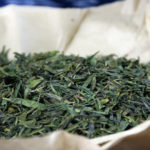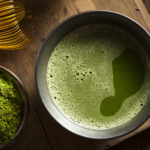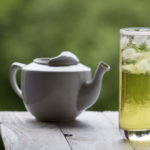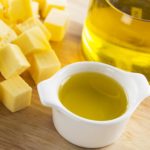Selecting an Organic Green Tea or a Japanese Green Tea?
Of all the brands of green tea and the range of prices in the market, how can a consumer tell the best from all the rest? What should we look for when purchasing green tea?
Andrew Weil, M.D. | February 6, 2003
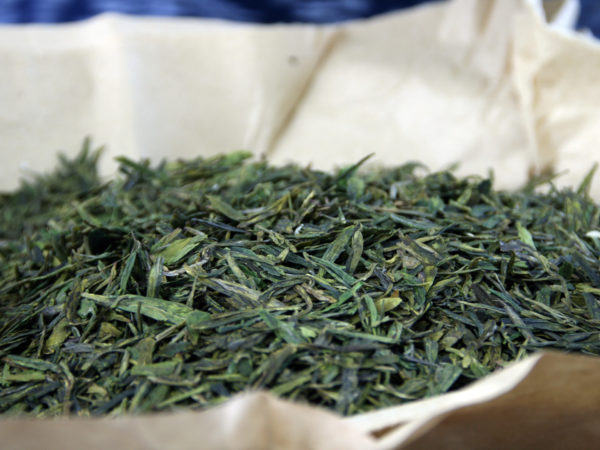
Updated on 3/30/2005
I don’t blame you for being confused. Buying tea without guidance does involve taking a chance – and risking some money – on products you may not like at all. If you live in a big city with an Asian community or gourmet food or tea shops, you’re in a better position to get good recommendations, but you still need some basic knowledge before buying. Much of the organic green tea I see in the United States is more yellow or brown than green and often tastes like hay. The Japanese green tea really is green and has a rich, aromatic taste with a slight bitterness.
When buying fresh organic green tea, the first quality to look for is color – the tea leaves should be a dark, rich green. The scent the leaves give off when you hold a small amount in your hand is your best clue to freshness and flavor. Leaves that are not fragrant probably aren’t fresh and aren’t going to be flavorful when you brew them up. An excellent book is Diana Rosen’s The Book of Green Tea (Storey Publishing, 2000), which is worth reading for its advice on judging the freshness and desirability of products.
Fortunately, there are excellent sources of high quality, fresh organic green tea online and in specialty shops.
There are many varieties of organic green tea and not all of them will be to your taste. Finding one or more that you really like may take some trial and error. You may want to buy only small amounts of tea – or if possible, sample different types at a tea shop if there’s a good one near your home – until you find the ones you prefer. Be adventurous, experiment and enjoy.
Andrew Weil, M.D.
Browse Dr. Weil’s Q and A Library to learn more about the health benefits of organic green tea.


